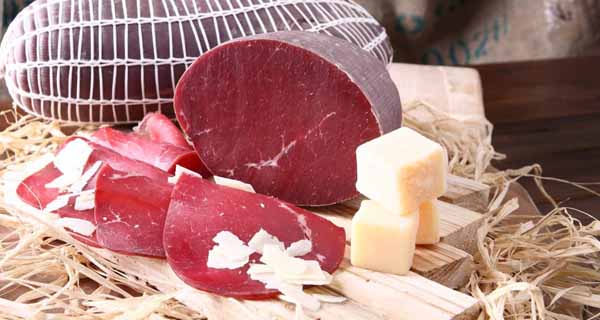
The question is, can international sales of Italian cured meats continue to grow? “Performance has been ‘unbelievable’” – says Lisa Ferrarini, chairperson of Assica (Italy’s cured meats industry association) – “above all when you consider the brakes put on the market by the current Usa and Russian trade embargoes. The situation is approaching a resolution in the Us, therefore we should be able to sell our products in America again within the year. The situation in Russia is more complex however. In Q1 we saw some negative trends, which will inevitably increase thanks to the blocks placed on imports due to animal disease in the Baltics and trade tensions following the crisis in the Ukraine. We estimate losses equal to 100 million euros for cured meats and 60 million for fresh meats”. The stalemate between the Eu and Russia leaves nothing to be desired for our market, even more so the risk that the appeal of Italian-made goods will be progressively undermined by an influx of products from South America and China. “Post-embargo it will be difficult to regain our former position”, Ferrarini continues. “The re-opening of the American market will go some way to compensate for losses in Russia, as soon as the United States re-affirms itself as the number one market outside the EU and records a Gdp on the increase. In terms of our products, we have to target rich markets, where we can focus on the added value of our products. In this sense, sales growth in Japan is worth taking notice of, the numbers are still limited but potential is high”.
The key trends include exports to the Us which reached 1,490 tonnes (+8,3%) worth 17.5 million euros (+9,6%). Mature uncooked ham was a key player (+7.2% in volumes and worth 9.2% more). Japanese trends are in double figures, volumes up 34.5% at 718 tonnes with exports worth 21% more at 7 million euros. Japanese consumer tastes seem to centre on uncooked ham, Salami and Bresaola. There was promising growth too in Canada (volumes up 56.9%, value +46.7%) and Switzerland (+10.5% at 1,090 tonnes and +13.2% at 16.5 million euros). There was less pronounced variation, but still positive trends in sales on European markets, where volumes reached 27,200 tonnes (+0.4%) worth around 204 million euros (+6.9%). Germany came out as the number one market (7,155 tonnes at 64.3 million euros), followed by France, which experienced a slight decrease in volumes imported (-2.9%), but the market was worth +2.9% more than the previous year at 50.2 million euros.
